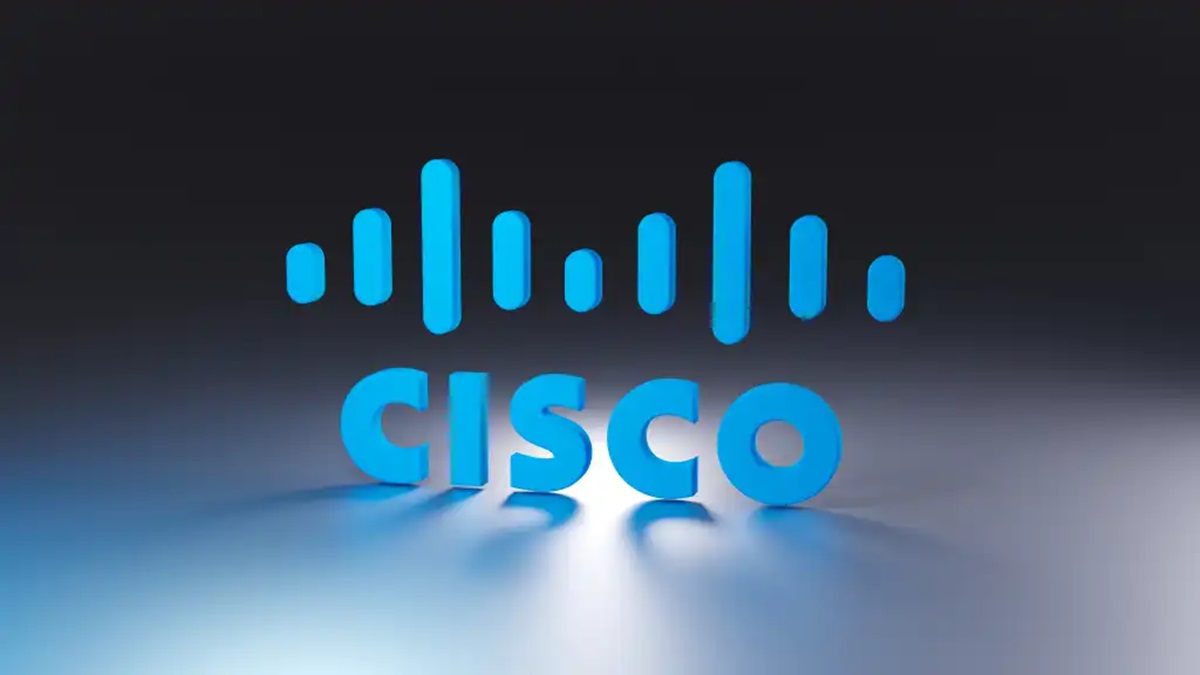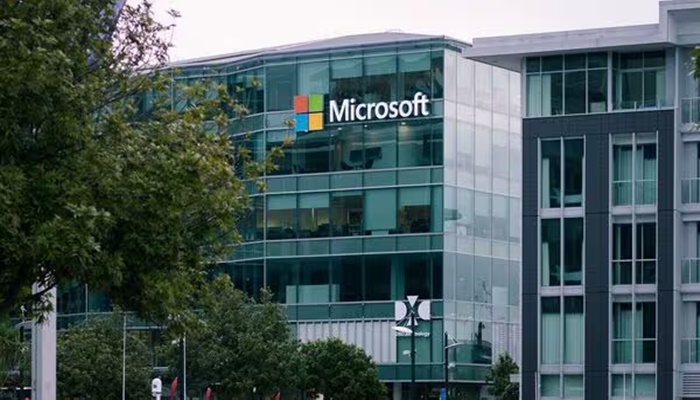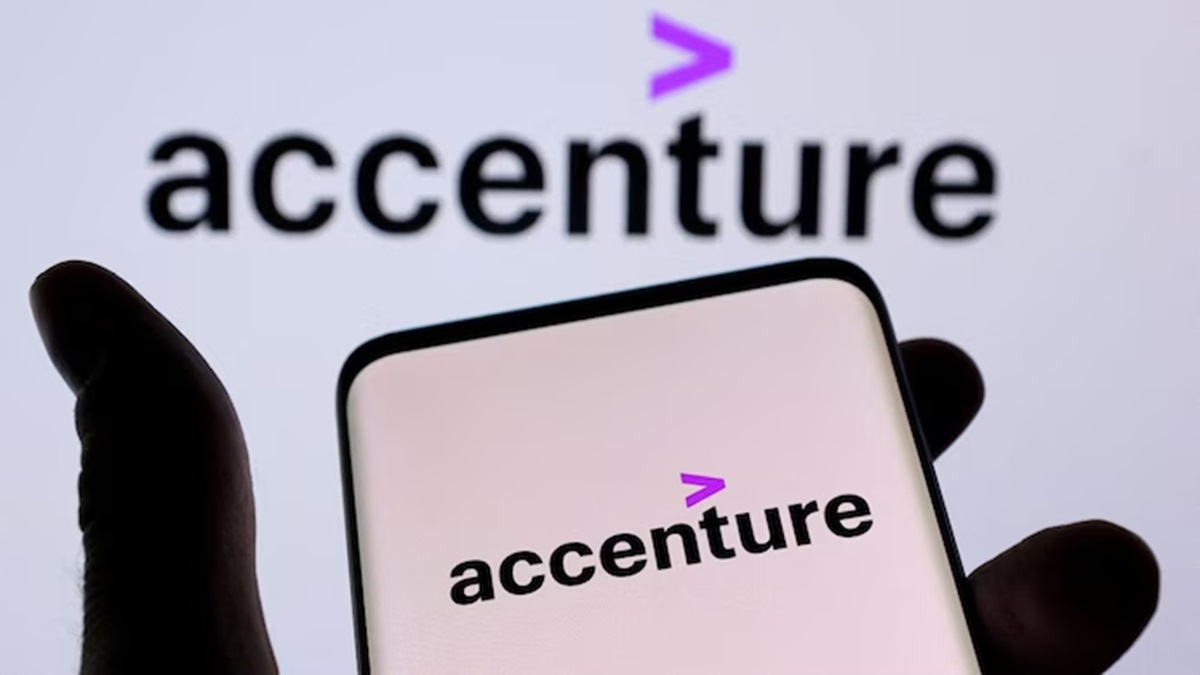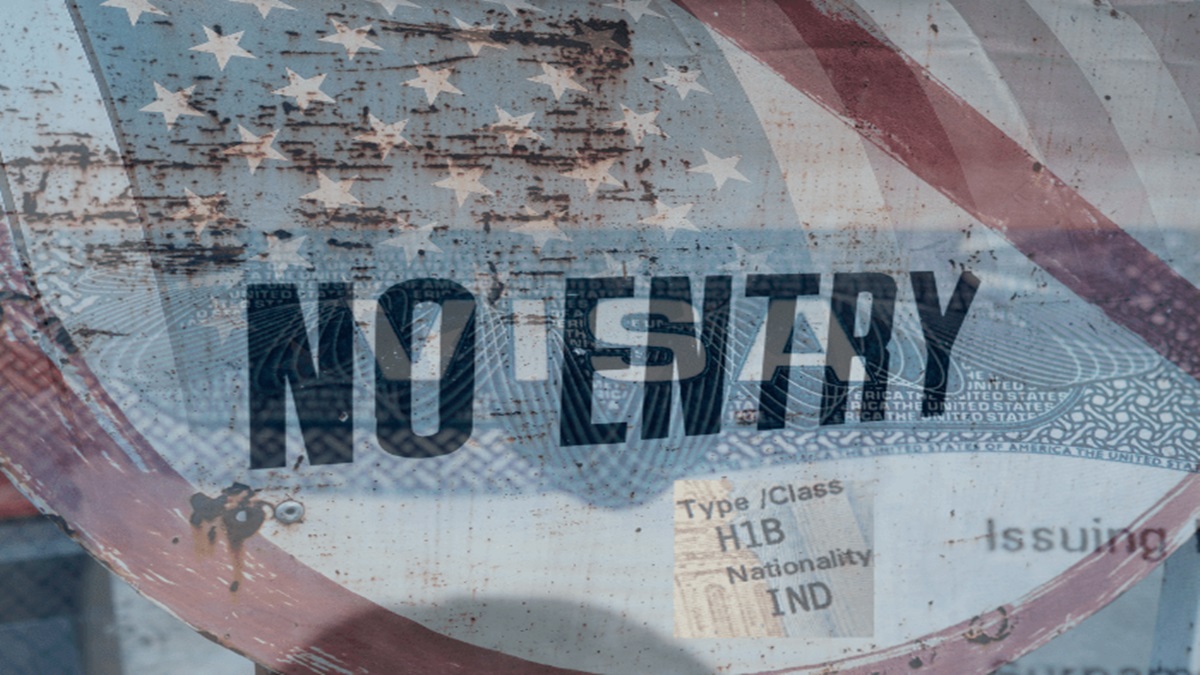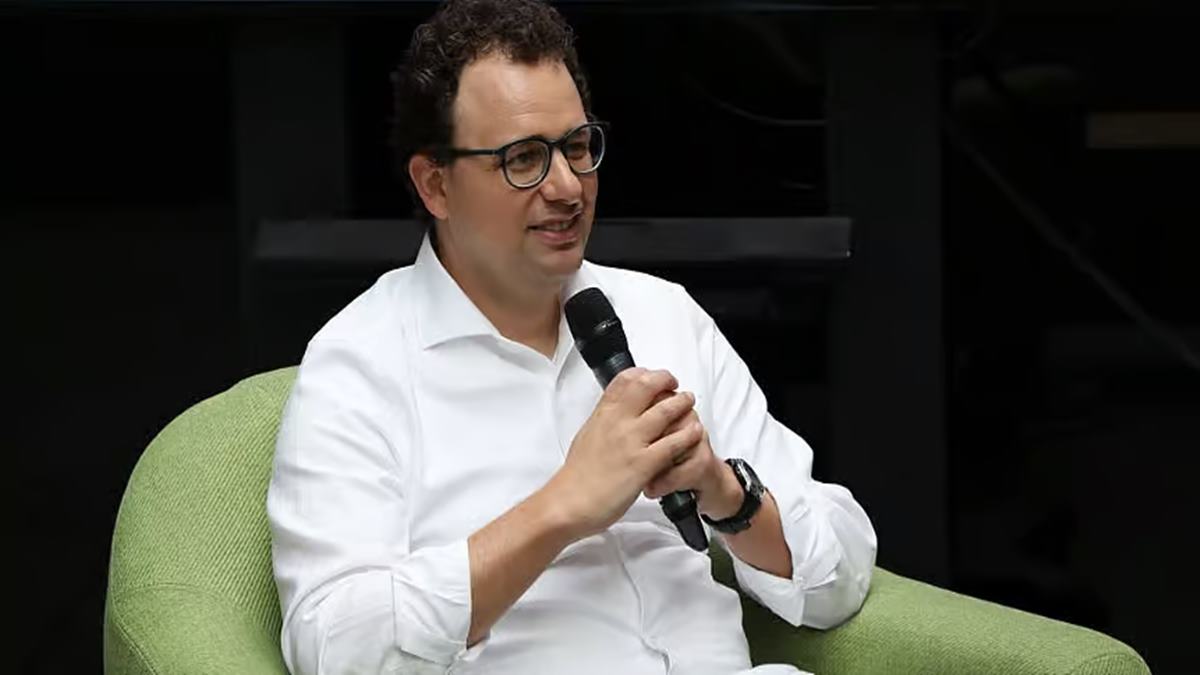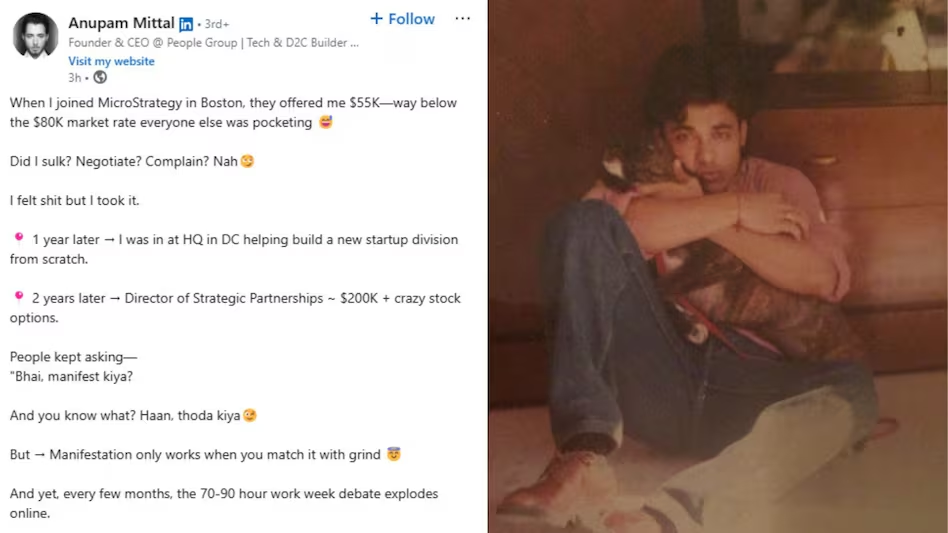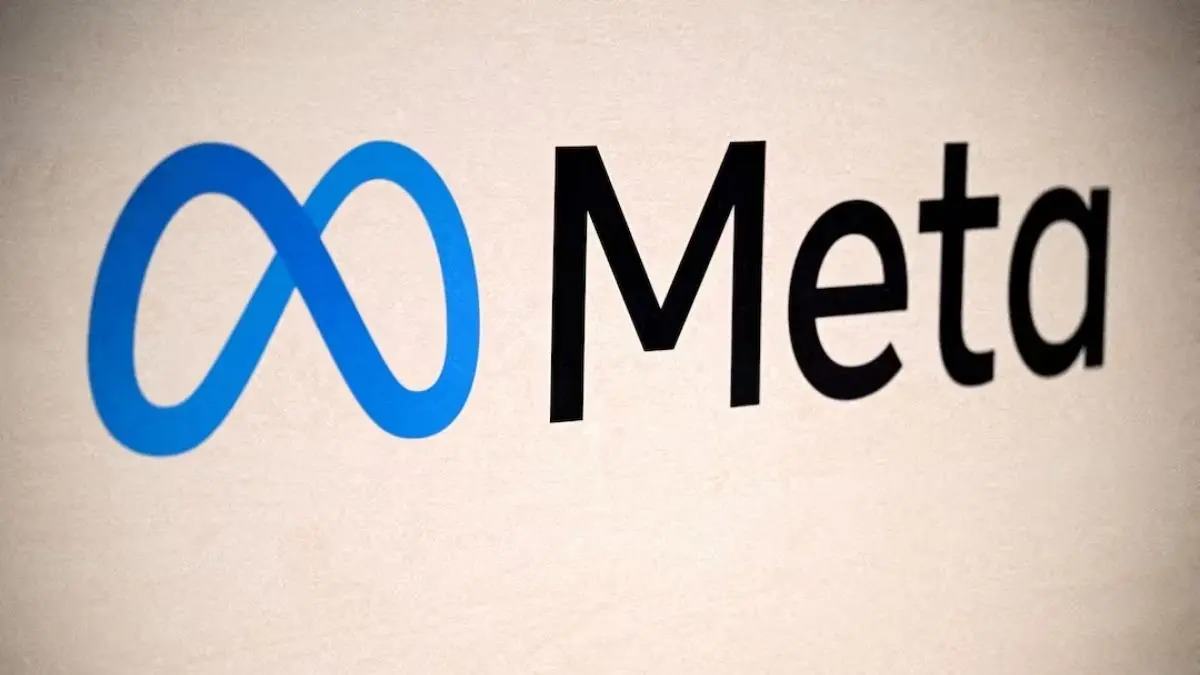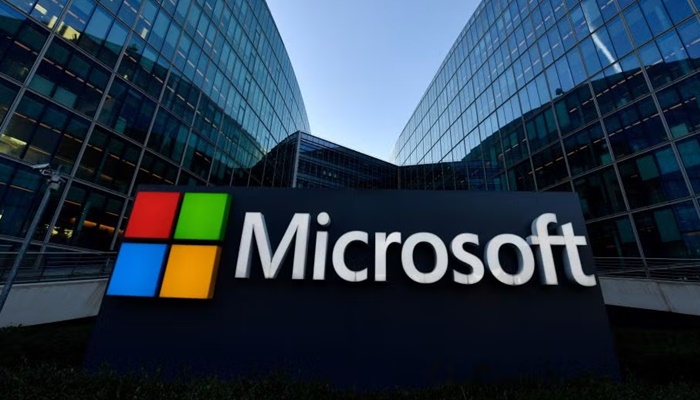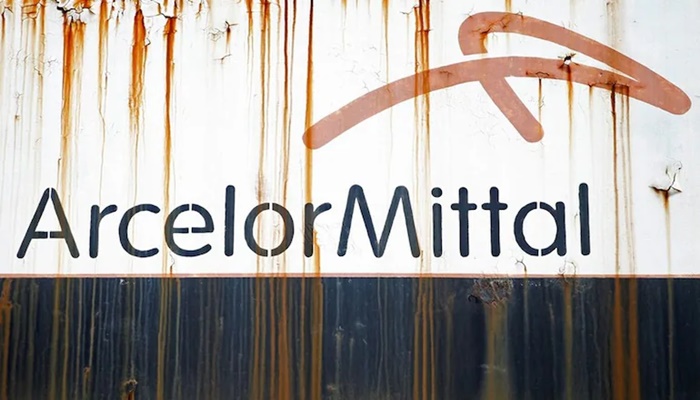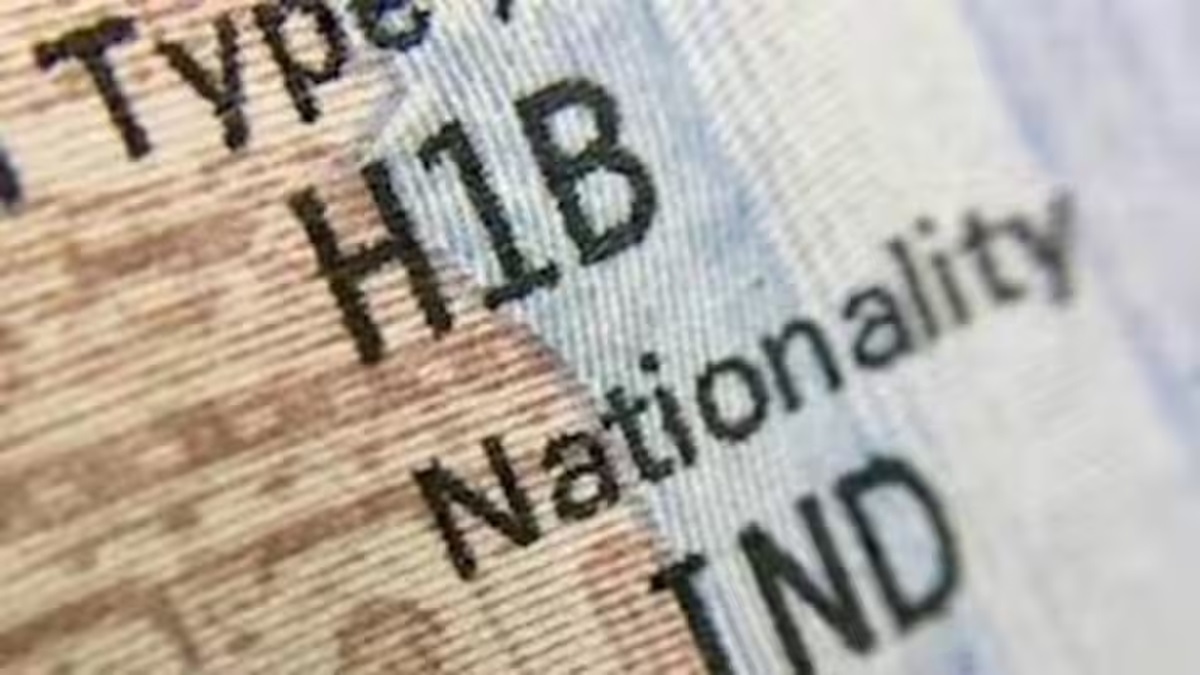America is tossing out world-class talent, and Yale’s Gautam Mukunda isn’t mincing words. The U.S., he warns, is “throwing away” elite IIT graduates as new H-1B visa rules block one of the most powerful engines of tech innovation.
Under revised visa policies, applicants with U.S.-earned advanced degrees now get priority, squeezing out top-tier engineers from India’s Indian Institutes of Technology (IIT)—a move Mukunda calls baffling. “Every country in the world would kill to get the best IIT graduates,” he said. “But America is throwing this asset away for no reason.”
The fallout is sharpest in Silicon Valley, where IIT alumni have fueled decades of innovation. Titans like Sundar Pichai (Google), Satya Nadella (Microsoft), and Shantanu Narayen (Adobe) are all IIT products. But despite their influence, only about 60 IIT grads receive H-1B visas each year—dwarfed by mass-producing institutions like Anna University, which sent 850 students in 2017 alone.
The disparity stems from scale. IITs admit under 12,000 students annually. In contrast, schools like Jawaharlal Nehru Technological University and Visvesvaraya Technological University churn out bulk engineering talent and dominate the H-1B pipeline.
Now, with the new rules, even those few high-impact IIT grads face steeper odds unless they also hold U.S. postgraduate degrees. It’s a shift from quality to quantity—and critics say it’s a strategic misstep.
In 2022–23, Indian nationals still received 72.3% of H-1B visas, but the trend is clear: fewer elite innovators, more bulk hires. Mukunda warns that the U.S. isn’t just closing a door—it’s undermining its own future.

